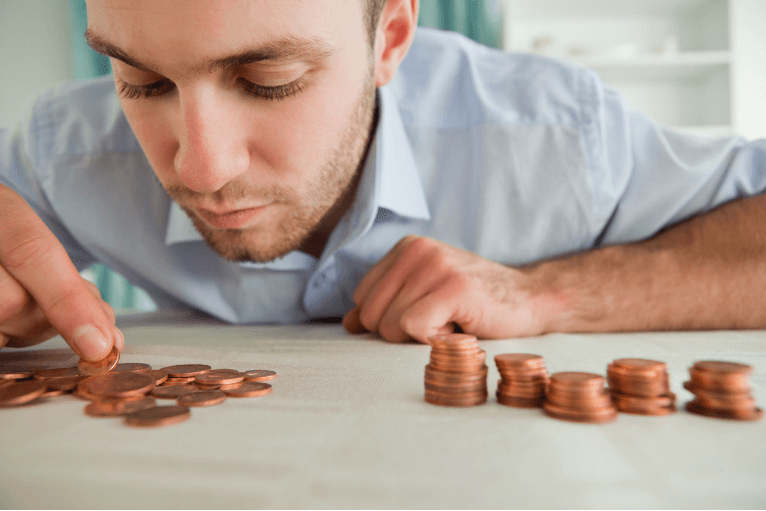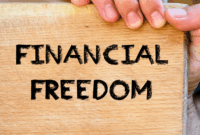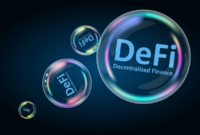Many people think that debt is a heavy burden that they can’t get rid of, keeping them from living the life they want. It’s normal and good to want to quickly pay off debts, whether they are from student loans, credit cards, personal loans, or a mortgage. There is no quick way to get rid of debt, but being smart and staying disciplined can help you pay it off faster, giving you more money to spend and making you feel better about your financial future. It’s not just about paying bills; it’s also about gaining control and building momentum.
The first and most important thing you need to do to make a plan to pay off your debt is to look at your finances right now. For each of your debts, write down the name of the creditor, how much you owe, the interest rate, and the minimum payment you have to make each month. This all-encompassing summary makes it easy to see the whole problem and figure out what to do first. People often don’t realize how much they really owe on credit cards and other high-interest debts because interest can quickly add up, turning a small amount into a huge drain on their finances. You need to know these numbers if you want to make smart choices about where to put the extra money to pay off your debt.
Once you’ve put your debts into groups, the Debt Snowball Method is a great way to deal with them. This method focuses on behavioral motivation instead of just mathematically optimizing. You pay the least amount on all of your bills except the smallest one, and then you use any extra money you have to pay off that one. When you pay off the smallest debt, the money you were paying toward it (the minimum payment plus any extra amounts) goes toward the next smallest loan. When you pay off one debt, it starts a “snowball” effect that sends more and more money toward paying off the next debt. If you owe a personal loan of €2,000, a vehicle loan of €10,000, and a credit card of €500, you should pay off the credit card first. Paying off even the smallest debt quickly can give you a big mental boost that will help you stay on the long, hard road to paying off bigger debts. This method works great for people who need quick wins to stay motivated.
The Debt Avalanche Method, on the other hand, is often the best choice for people who only care about how efficient their math is. This method always puts paying off the debts with the highest interest rates first, no matter how much you owe in total. You still have to pay the minimum on all of your loans, but any extra money will go toward the loan with the highest interest rate. Once you’ve paid off the first high-interest loan, you “avalanche” it onto the next highest-interest obligation. This plan saves the most money on interest costs in the long run, even though it might take longer for the first debt to go away completely. The Debt Avalanche would make you pay off your credit card debt first if it had a higher interest rate, like 18%. This is true even if your car loan was €10,000 and the interest rate was 5%. If you are self-disciplined and want to get the most out of your money, this is the way to go.
In addition to these two common ways, you can also pay off your debt faster by actively working to increase your income and lower your expenses. You can pay down the principal directly with every extra euro you earn or save, which will cut your payment schedule by a lot. You could work more hours, ask for a raise, sell things you don’t need or want (like at Germany’s Flohmärkte or flea markets), or cut back on spending on things like going out to eat, entertainment, or expensive subscriptions for a short time. If you cut back on your spending a little bit every day, you can pay off your debt faster. If you increase your income and decrease your expenses, you can use this extra money to pay off your debts quickly.
Also, it’s important to think about whether looking into “debt consolidation or refinancing options” is a good idea. Combining several high-interest debts into one loan with a lower interest rate can make payments easier and lower the total cost of borrowing. Depending on your situation, you might be able to get a personal loan, a credit card that lets you transfer balances and has an introductory 0% APR (but be careful of fees and how long the promotion lasts), or even a loan against the equity in your home. But before you refinance, make sure the terms are better and that you change how you spend money so you don’t get into debt again. If you don’t, you could end up even more in debt. You can refinance your debt in Germany through a bank or credit union, but make sure to read the fine print first.
Last but not least, staying disciplined and keeping track of your progress are the most important things for long-term success. Sometimes it takes a long time to pay off debt. There will be times when you feel tempted and times when you feel down. Pay off your debts one at a time and check your progress often to see how close you are to being debt-free. These affirmations and the simple way to see what you’ve done might give you the motivation to keep going. You need to change the way you think about debt so that you see it as a short-term problem instead of a long-term one and make new money habits.
Finally, if you plan carefully and stick to your goals, you can pay off your debt as soon as possible, which will give you financial freedom. You can improve your finances by using these simple tips along with making more money, cutting costs, carefully considering refinancing, and sticking to a long-term plan. The Debt Snowball and the Debt Avalanche are two examples of these kinds of methods. Taking charge of your debts can help you break free from financial chains and set yourself up for long-term wealth building and real financial freedom.



